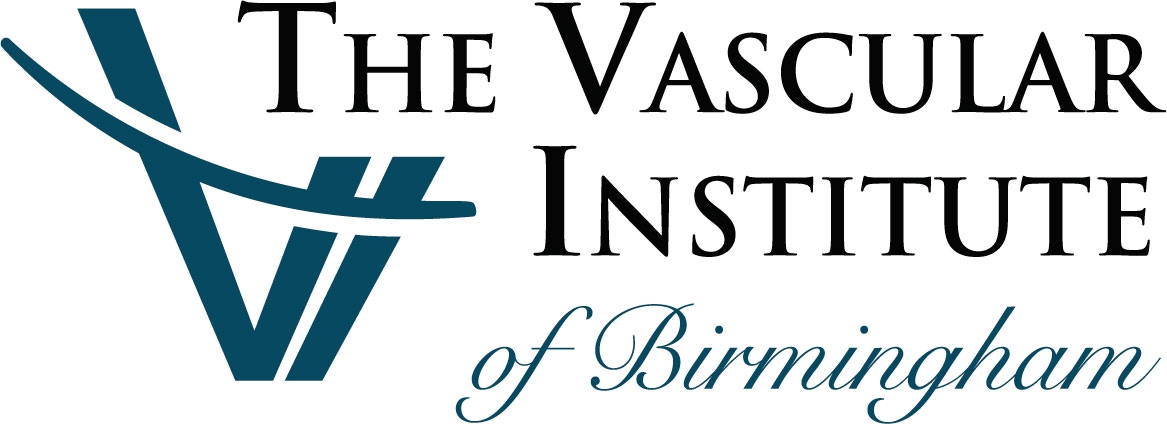Overview:
Spider veins are smaller, thread-like veins that occur near the surface of the skin and often appear on the legs or face. They can appear as red, purplish, or blue veins and often look like tree branches or spider webs with jagged edges that grow outward. Spider veins can cover a small area and avoid notice, or they can cover a larger area and become quite unsightly. It is also possible that they may enlarge over time. Some estimate that over half of all adult females will develop spider veins.
Spider veins are often related to (and may appear in combination with) varicose veins and can derive from the same underlying causes.
Causes:
Spider veins are caused by increased pressure in the veins. Doctors don’t know exactly why some people develop spider veins and others don’t, but they do know that the tendency to get them is hereditary, and that they’re more common as you get older.
Symptoms:
- Swelling in the legs
- A feeling of heaviness in the legs
- Tiredness in the legs
How to Reduce Your Risk:
- Relieve some pressure. You can try to lessen the pressure on your legs that can lead to spider veins by keeping your weight down, and by avoiding standing or sitting for long periods. Experts recommend taking a walk every 30 minutes if you have to sit for long periods and avoiding crossing your legs while seated.
- Keep the blood flowing. Exercising your legs by running or walking can increase leg circulation and strengthen your leg muscles.
- Get support. If you’re going to be on your feet, we recommend wearing a lightweight compression stocking, which can go a long way towards preventing and managing spider vein symptoms, including swelling.
- Prop up your feet. Elevating your legs is another main treatment for spider veins.
